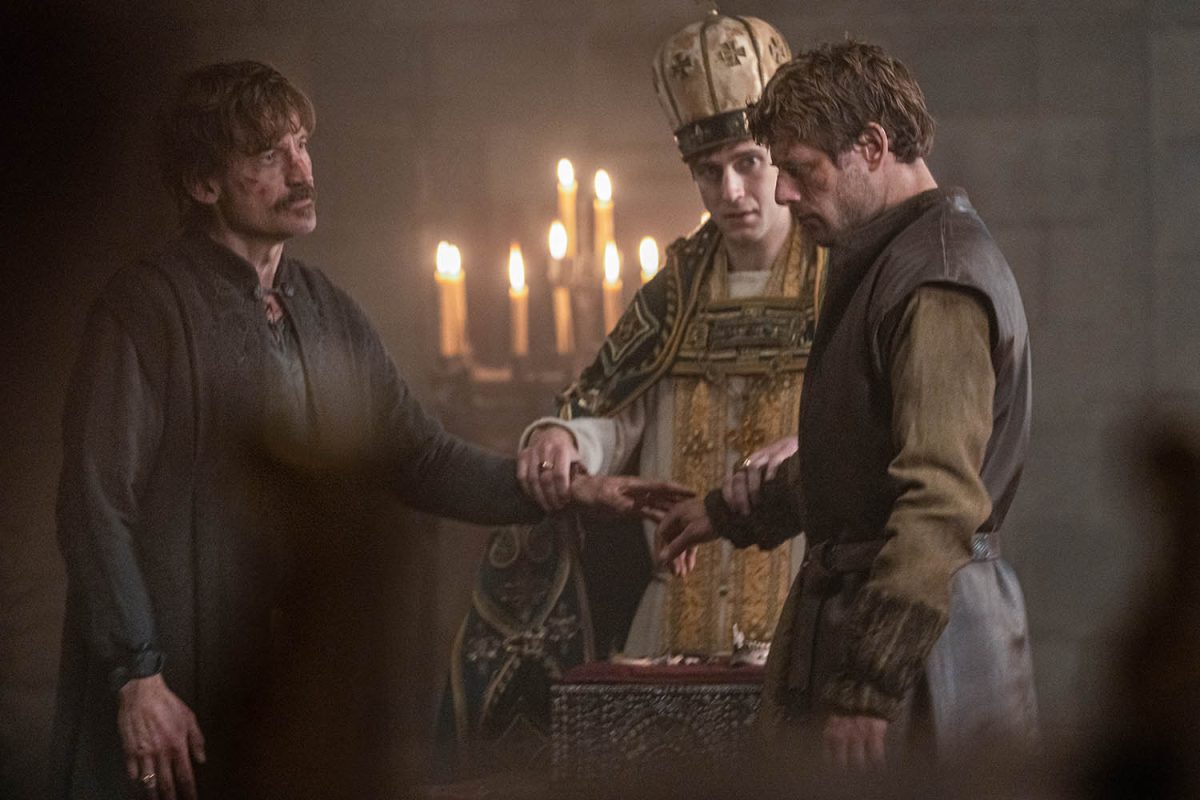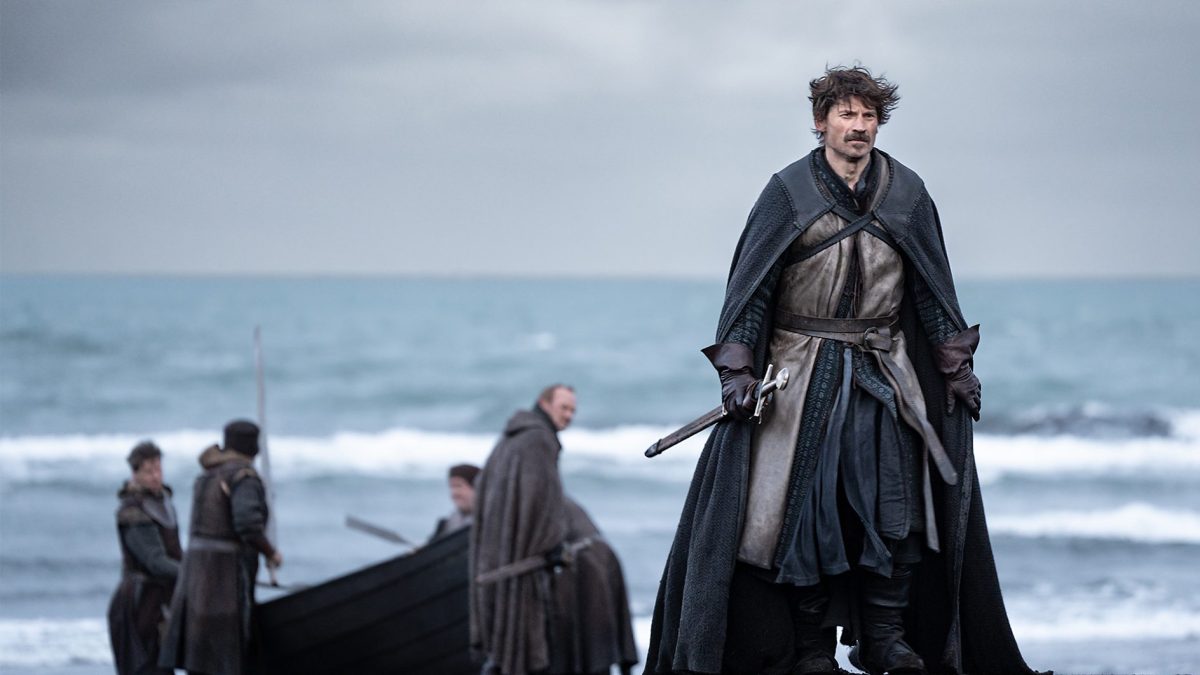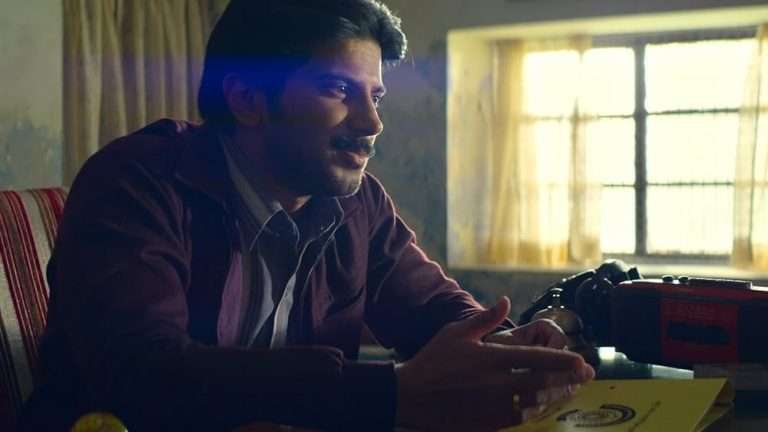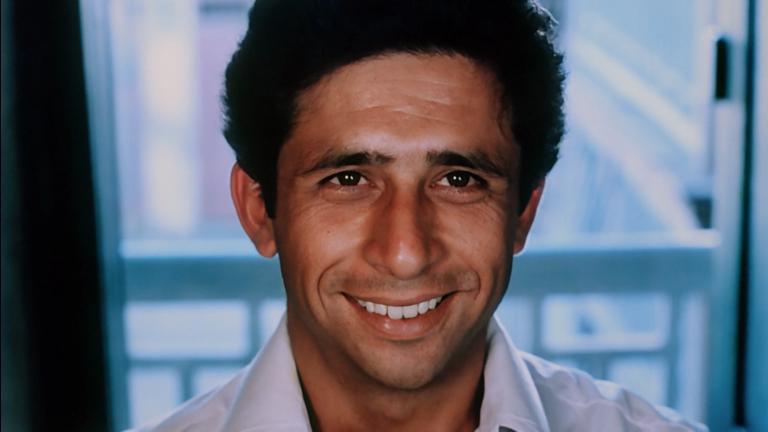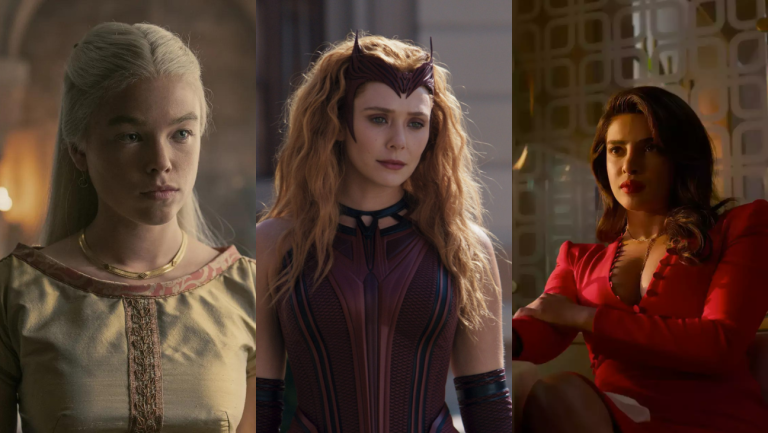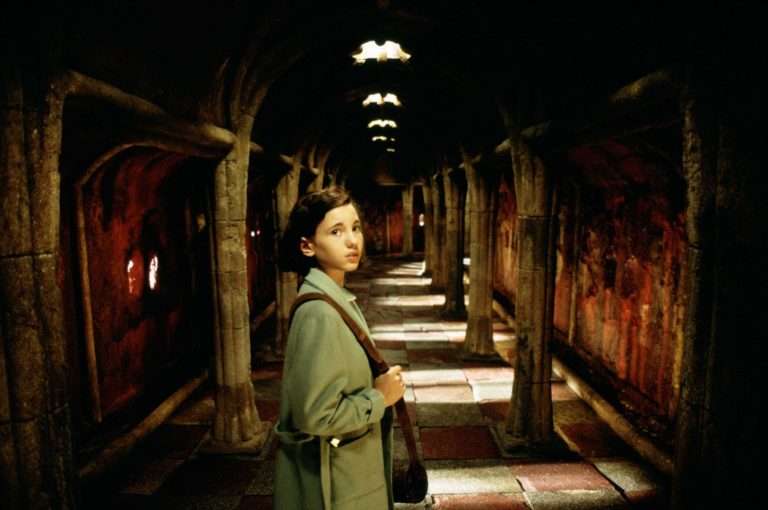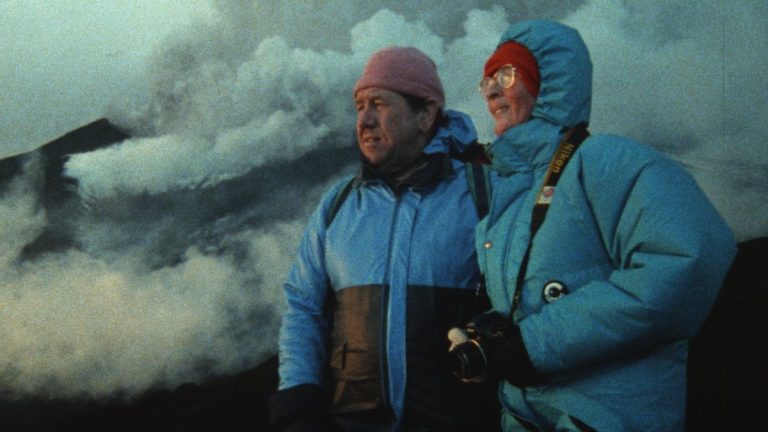“King & Conqueror” opens loud, in the middle of the Battle of Hastings. Soldiers screaming, swords clashing, blood flying. Two men seek each other out, and end up facing each other before the title card hits and the show flashes back to explain how these events unfolded over the course of an eight-episode season. It is not a fantastic opening, but a solid one to what could be an epic tale of an important turning point in British history, the Norman Conquest.
Unfortunately, the moment the dialogue begins, everything starts to come apart, and an unsettling feeling begins to creep in. Like I had seen this show before, many times over the last decade, particularly the last five years. It’s one of many shows that owes its existence to the success of “Game of Thrones”—and even six years after that infamous final season, it still tries to recapture the series’ tone, hoping to strike gold once more.
Whilst “King & Conqueror” is inspired by historical events, these issues are ones in line with many shows that have been released in the wake of “Game of Thrones,” as every streaming service tried to have its own flagship epic fantasy show. “King & Conqueror” is not the first attempt by the British Broadcasting Corporation (BBC) to create their own version of “Thrones.” In 2018, they aired “Troy: Fall of a City,” inspired by the Trojan War, to abysmal reviews. It was a show weighed down by poor writing, aimlessly dragging its feet in the lead-up to the finale and the fall of Troy, relying on gratuitous violence and sex as a substitute for real substance.
Ironically, around the same time, they cancelled “The Last Kingdom” after its second season, a much stronger show that has also been compared more favourably to “Game of Thrones,” only for Netflix to pick it up for three more seasons and a finale film. These comparisons are not just made because Jaime Lannister himself, Nikolaj Coster-Waldau, plays William the Conqueror, sporting a quite extraordinary moustache, or because James Norton, who plays Harold Godwinson, is also set to join the world of “Thrones” as Ormund Hightower in season three of “House of the Dragon.”
The attempt to replicate the political intrigue of the show is there, from the politicking around who gets the throne of England, who is the power behind said throne, who is in favour with them, and who they will conspire to destroy. Obviously, “Game of Thrones” did not invent political intrigue on TV, but it certainly helped popularise it, particularly in shows chasing its success. However, more recent features of the TV landscape, aided by the practices of streaming services, have not helped with these kinds of stories.
Must Read: 12 Epic Moments That Shaped House of the Dragon
One of the most obvious issues is that eight episodes are not enough. A format that has become a staple of TV in the age of streaming, and one that does not provide for the strength of the medium. It has not worked for recent shows in the vein of “King & Conqueror,” from the inconsistent “The Wheel of Time,” to the mediocre “The Rings of Power,” to the rushed “Shadow and Bone” Season Two. Even science fiction shows such as “Doctor Who” have failed in this episode format.
Eight episodes deprive these types of complex, sprawling stories of the time they need to breathe. If the early seasons of “Game of Thrones” had to cut their episode numbers down from ten, it would have been a disaster. I reckon it still would have been popular and praised, but the pacing would have been a consistent criticism, and it might not have reached the levels of success it achieved.
There have been exceptions where this format has worked, though. One Piece’s live-action adaptation, for instance, used two-episode arcs that maintained momentum while allowing just enough breathing room when needed. But stretching the same approach over eight episodes slows the pacing, covering less story per season, and the inevitable long gaps between seasons may well be its undoing.
The second season of “House of the Dragon” was originally planned as a ten-episode run, but when HBO cut it down to eight, the writers couldn’t make any structural changes because production began during the 2023 Writers’ Strike. As a result, what audiences got was essentially the first eight chapters of a ten-episode arc—something that’s bound to have ripple effects on season three and a potential fourth season meant to wrap up the story.
One of the few continued successes, Apple TV’s “Foundation,” recently renewed for season four, is an outlier here because it does have ten episodes per season, although it has had a rocky road over the years, particularly with its first season. In the case of “King & Conqueror,” eight fifty-minute episodes are not enough to condense over two and a half decades of history effectively, and it is not helped by another consistent problem these shows have encountered.
Many feel underwritten, which brings us back to the same two examples: “The Wheel of Time” and “The Rings of Power.” Both needed more episodes to have the breathing room to tell their story, but the time they had was also not being used wisely. In fairness, “Wheel of Time” improved each season, although two of season three’s episodes, a quarter of its runtime, focus solely on one plotline each, which leads to the bulk of other plotlines being crammed into a handful of episodes after a lot of great, patient build-up.
“King & Conqueror” is no exception; people casually traveling between Normandy and Britain in a matter of minutes for convenience. Nothing vital happens on these journeys, but it is a similar criticism to how fast people could travel in Westeros in the later seasons of “Game of Thrones” as the writing unravelled. There is meant to be a certain level of suspension of disbelief with these kinds of shows, but when preestablished logic is broken, it turns the audience against it.
Must Check Out: 20 Best Historical Dramas of All Time
The fact that “King & Conqueror” is a historical show means there is no magical transportation, and as it spans from 1042 to 1066, a good twenty-four years, it is also hard to believe that the looks of characters such as William and Harold would not change and age, when they look pretty much the same throughout the show. It is not as egregious as Matt Smith’s Daemon Targaryen in “House of the Dragon,” but he was contrasted in scenes by characters recast halfway through the season after a timeskip, and the makeup department made Paddy Considine’s Viserys age into a cadaverous old man with a half-decayed face.
This underwriting leads these shows to suffer from what I call a ‘staging problem.’ A combination of stilted dialogue and characters milling around or appearing where they should not, made worse by poor blocking and editing. It gives scenes a strange quality that makes them feel off, breaking the illusion of their world to remind you that you are watching a TV show.
However, even through the many stilted scenes, there are moments of genuine heart, particularly between the two leads and their families. Nikolaj Coster-Waldau and Clémence Poésy (who plays Matilda of Flanders, William’s wife) are talented actors who can give their characters emotional depth despite the lack of subtext in the dialogue.
Similarly, a personal favourite scene came from episode two, where Harold and his siblings, Sweyn (Elliot Cowan), Tostig (Luther Ford), and Gunhild (Bo Bragason), are sitting around a table arguing. Although in a coincidental similarity to “Thrones,” Gunhild is not the name of Harold Godwinson’s sister, it is actually Edith; however, there was already a more important character called Edith Swanneck (Emily Beecham), so they changed it to avoid confusion.
When “Thrones” introduced Theon Greyjoy’s sister, they changed her name from the books, Asha, to Yara, because of a preestablished character called Osha and the similarity between the names. There is also a serious attempt to draw as many parallels as possible between William and Harold. Both are faced with a dilemma to stay or flee and regroup at the end of episodes one and two, respectively.
Despite this being a miniseries with no potential for a second season, there have been signs from the streaming services that the bubble of these kinds of shows, where hundreds of millions of dollars are poured into these shows, is beginning to burst.
Amazon cancelled “The Wheel of Time” after three seasons, when it had finally found its footing, whilst persisting with the boring “The Lord of the Rings: The Rings of Power,” potentially because of contractual obligations to make five seasons from when they bought the rights for $250 million. Netflix cancelled “Shadow and Bone” after a second season that felt panicked because of Netflix’s ability to cancel any show at any time, alongside the “Six of Crows” spinoff.
Meanwhile, it has two more seasons of “The Witcher” on the way, after failing to turn it into its flagship franchise, its lead actor walking out, and attempted spin-offs receiving negative reviews. Its fifth season will be its last. There are signs that studios have realised that chasing the success of “Game of Thrones” is a lost cause; however, every once in a while, a show like “King & Conqueror” will come along to remind us we have not quite escaped its long shadow. Perhaps the next big TV fantasy epic will come along when studios finally stop their search for it.

